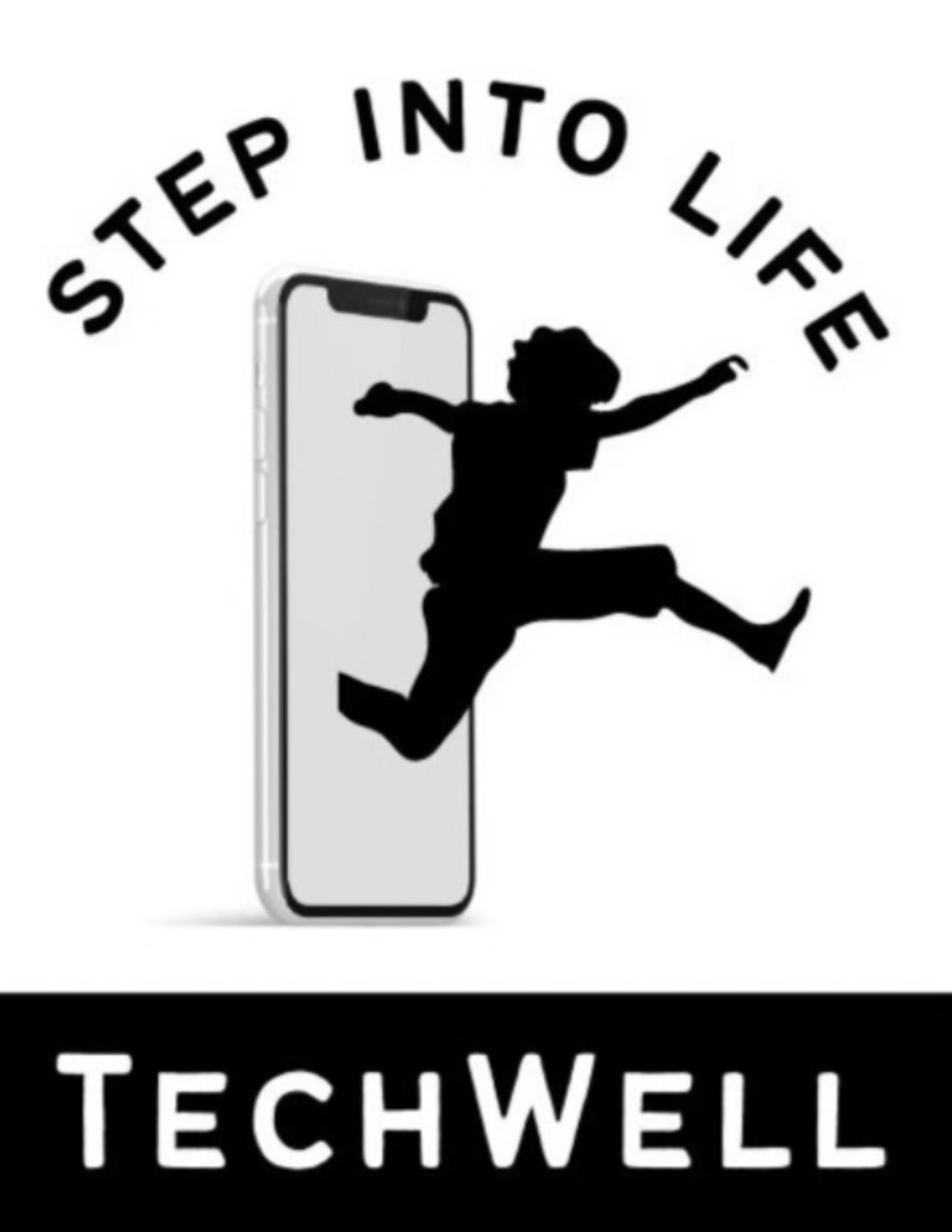Creating a School-Wide Tech Philosophy
In our last blog, we shared our 10 recommendations for becoming a Tech-Wise School. This blog will provide more detail on the first two recommendations:
1) Create a School-Wide Tech Philosophy
2) Adopt a harm reduction model such as the EdTech Triangle (everyschool.org)
As recommended by Everyschool.org, all school districts should have a Tech Philosophy–a set of research-based guiding principles to guide the use of technology. The example below was drafted by TechWise SB member Casey Hare and shared with Santa Barbara Unified School District as a suggested new board policy:
“Teachers, not technology, are the primary source of student learning. Technology, when used well, has the potential to improve learning outcomes. Computers are superior learning tools in specific applications, such as computer aided design, robotics and computer programming. However, technology overuse and misuse have the potential to reduce learning outcomes and contribute to negative emotional and physical outcomes. Computers have a primary use bias in that students are accustomed to passive consumption of media on computers. Given these challenges, teachers should reach for computers only when they can be used in a ‘transformative’ way, and that computer should be for a specific learning outcome for a specific, and brief, time frame.”
Schools could also choose to select a few basic and specific guidelines for tech use in their district, such as:
1) Technology use should be intentional and limited to providing supportive or transformative experiences.
2) Technology should not displace established interventions (e.g., tutoring, small class size, direct instruction).
3) Technology should not displace handwriting or reading in print.
4) Technology practices that contribute to overuse should be minimized (e.g., game-style applications, tech rewards, tech filler).
A “philosophy” should be concise and easily understood. However, schools will likely need more than a few sentences of guidance to help them understand how to maximize benefits and minimize harm from tech use. This is where the EdTech Triangle comes in. Created by Blythe Winslow and Amy Taylor at Everyschool.org, the EdTech Triangle provides a simple framework for conceptualizing healthy tech use in a classroom setting. Blythe Winslow and Amy Taylor provide the following description of the EdTech Triangle:
“This framework is a research-based synthesis of the EdTech practices, tools, and skills that optimize learning, support well-being, and protect against some of tech’s negative outcomes. EdTech can be powerful in the classroom, and it should be used in line with current research.”
The EdTech Triangle helps teachers decide what types of tech use are most helpful for their students and what types of tech use may be harmful. Armed with this information, teachers can make much better EdTech decisions. In our experience, this type of a framework is sorely lacking in education. In the wake of remote learning, school districts seem to have whole-heartedly embraced screen-based learning. School districts put pressure on themselves to be “tech savvy” and use technology whenever and wherever possible. Help us empower educators to use tech in a healthy way by sharing the EdTech Triangle with your local educational leaders.
